Horse Racing News, Insight & Betting Tips
Horse Racing News
Latest News
- 1
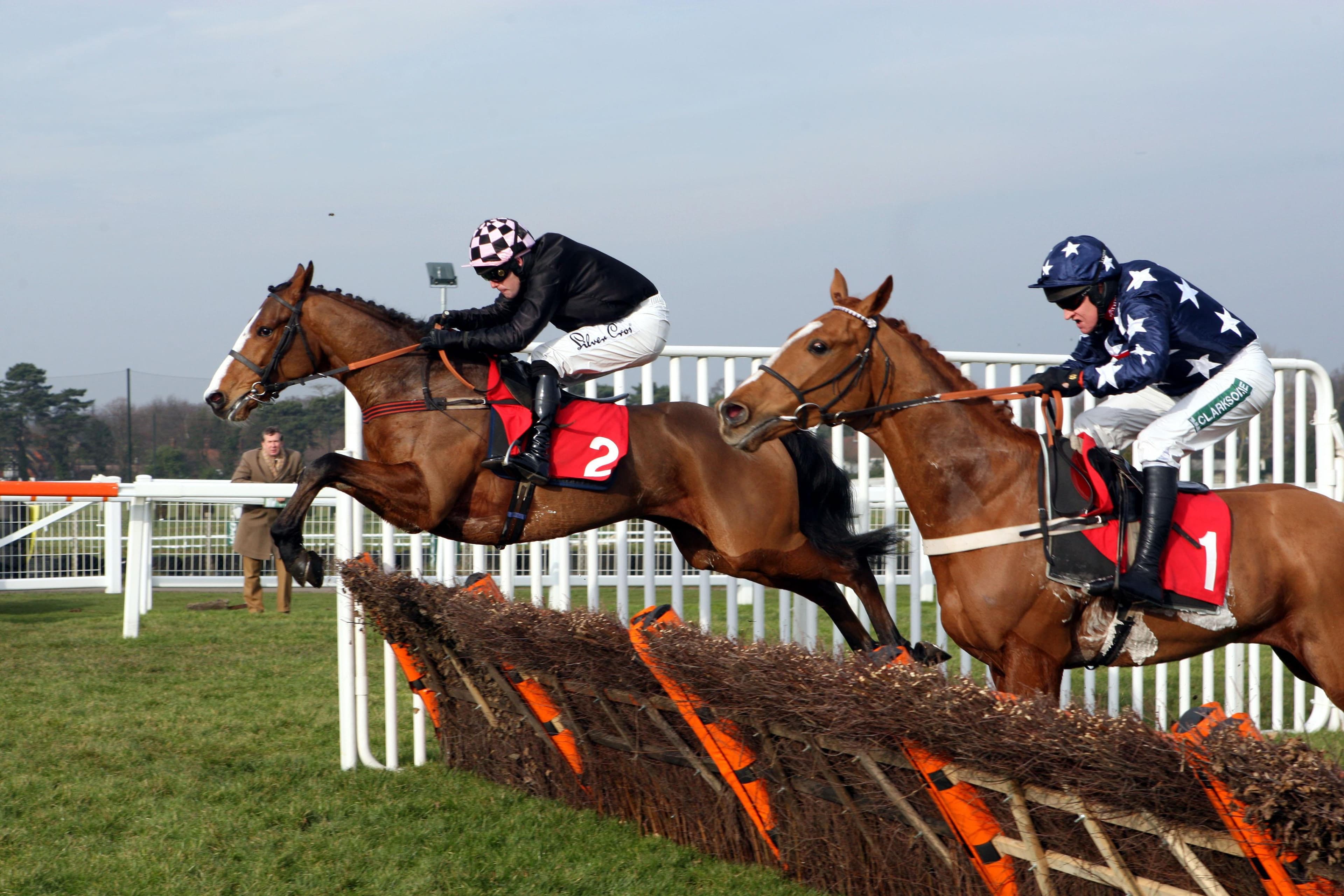 News
NewsITV Racing Tips For Today - Saturday 3rd January 2026
- 2
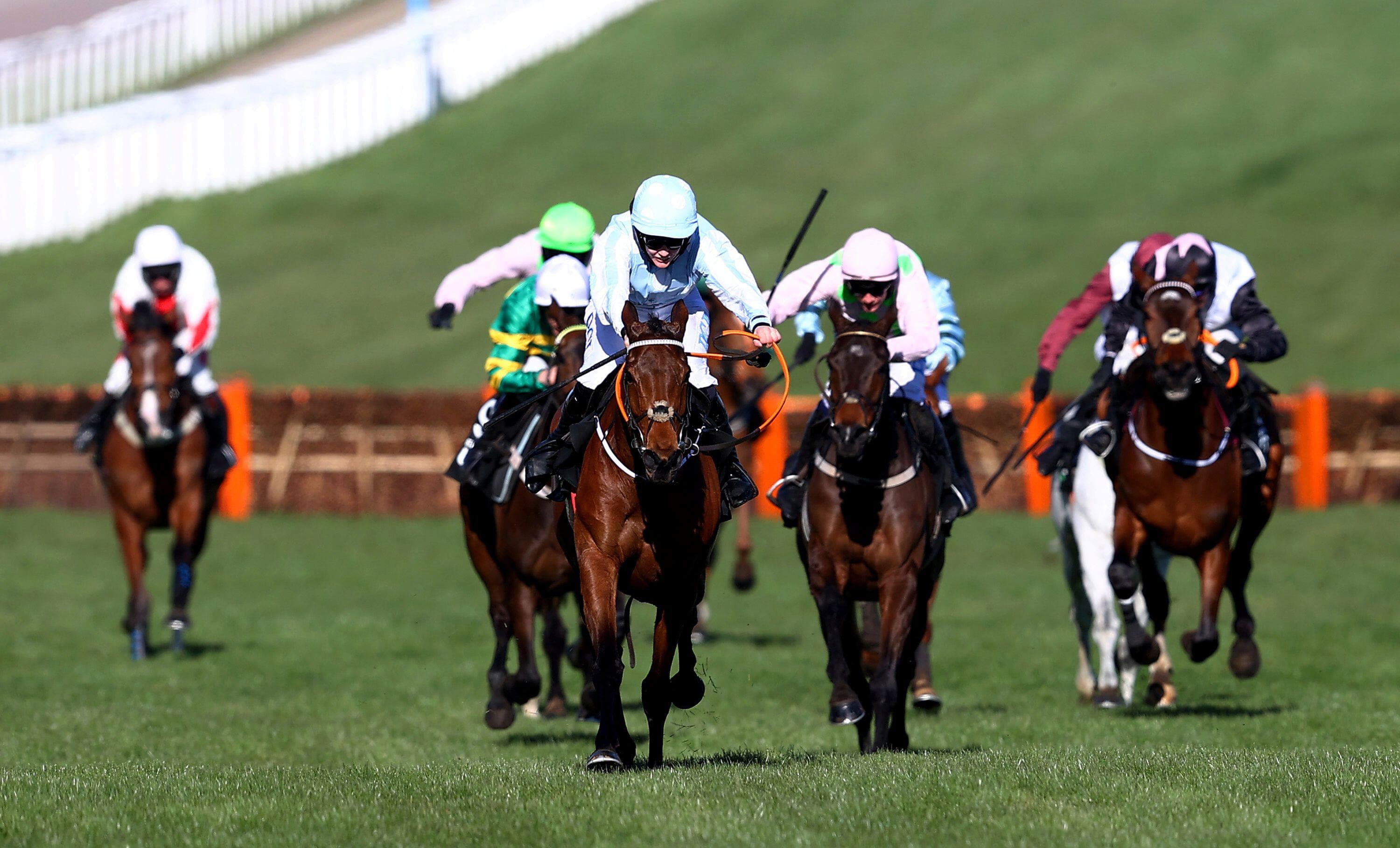 News
NewsITV Racing Tips For Today - Thursday 1st January 2026
- 3
 News
NewsITV Racing Tips For Today - Monday 29th December 2025
- 4
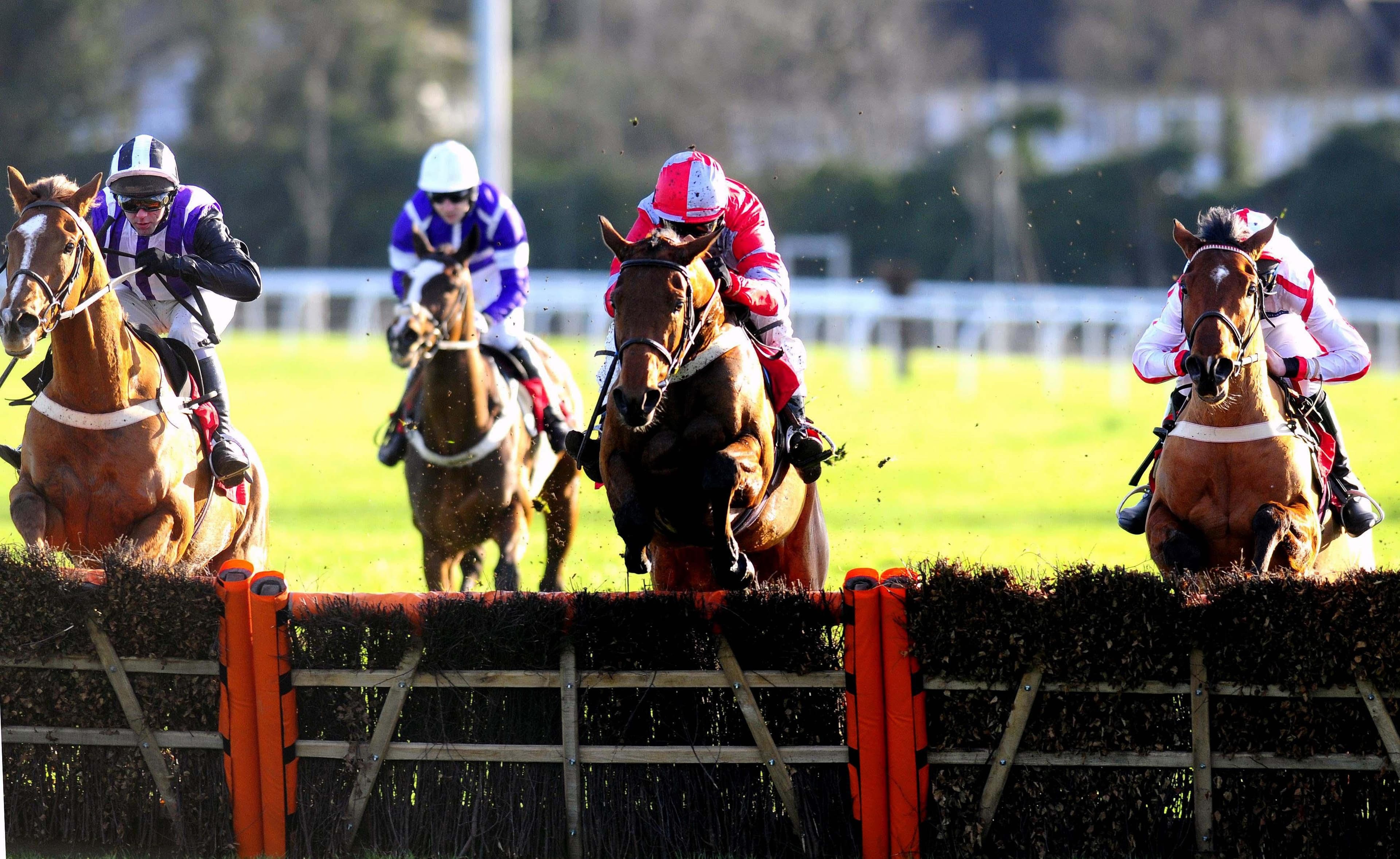 News
NewsITV Racing Tips For Today - Saturday 27th December 2025
- 5
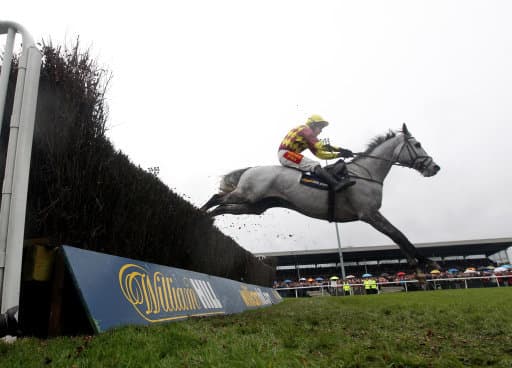 News
NewsITV Racing Tips For Today - Friday 26th December 2025
- 6
 News
NewsPaddy Power Sign Up Offer: Get £50 in Free Bets for Kempton Boxing Day
- 7
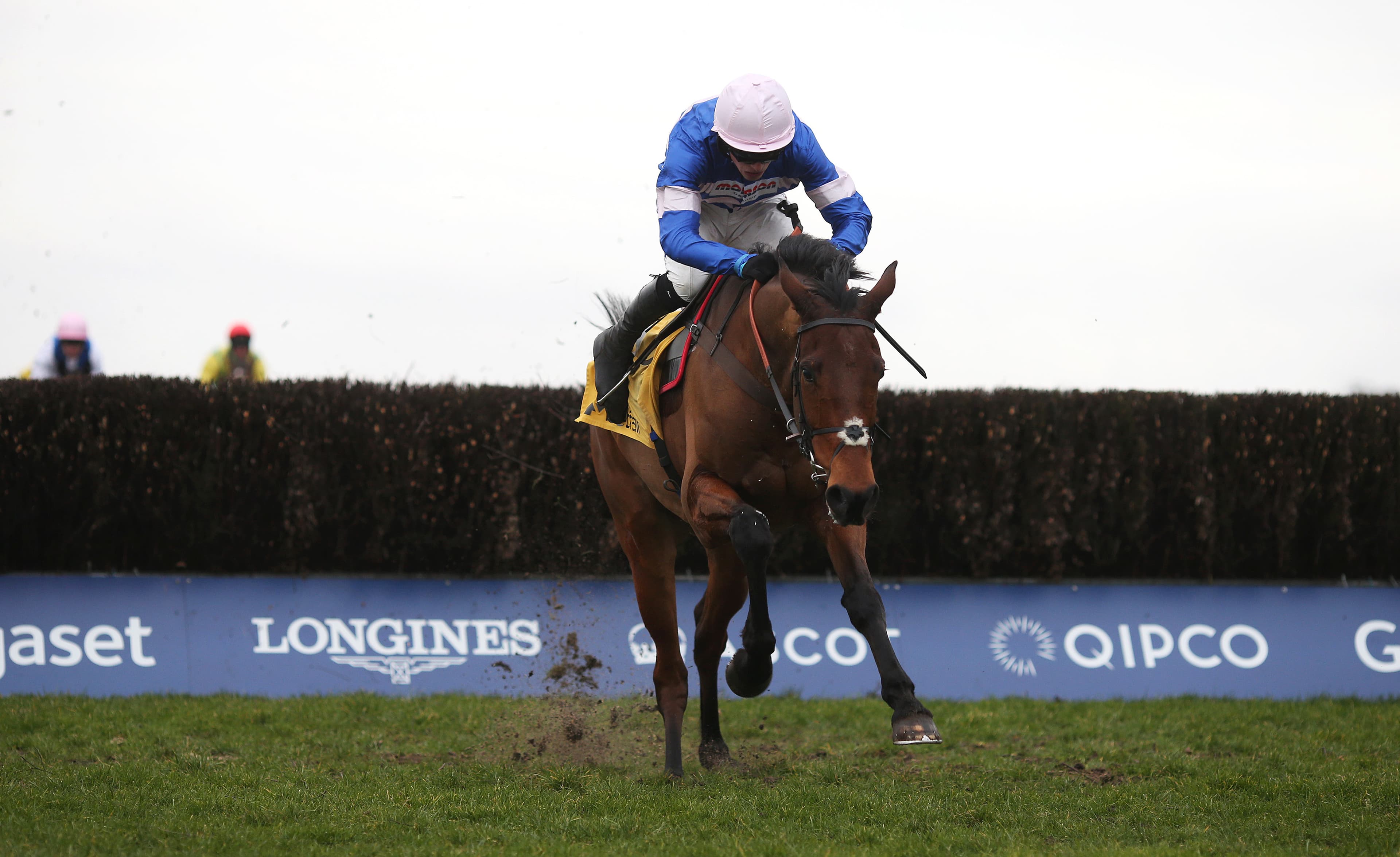 News
NewsITV Racing Tips For Today - Saturday 20th December 2025
- 8
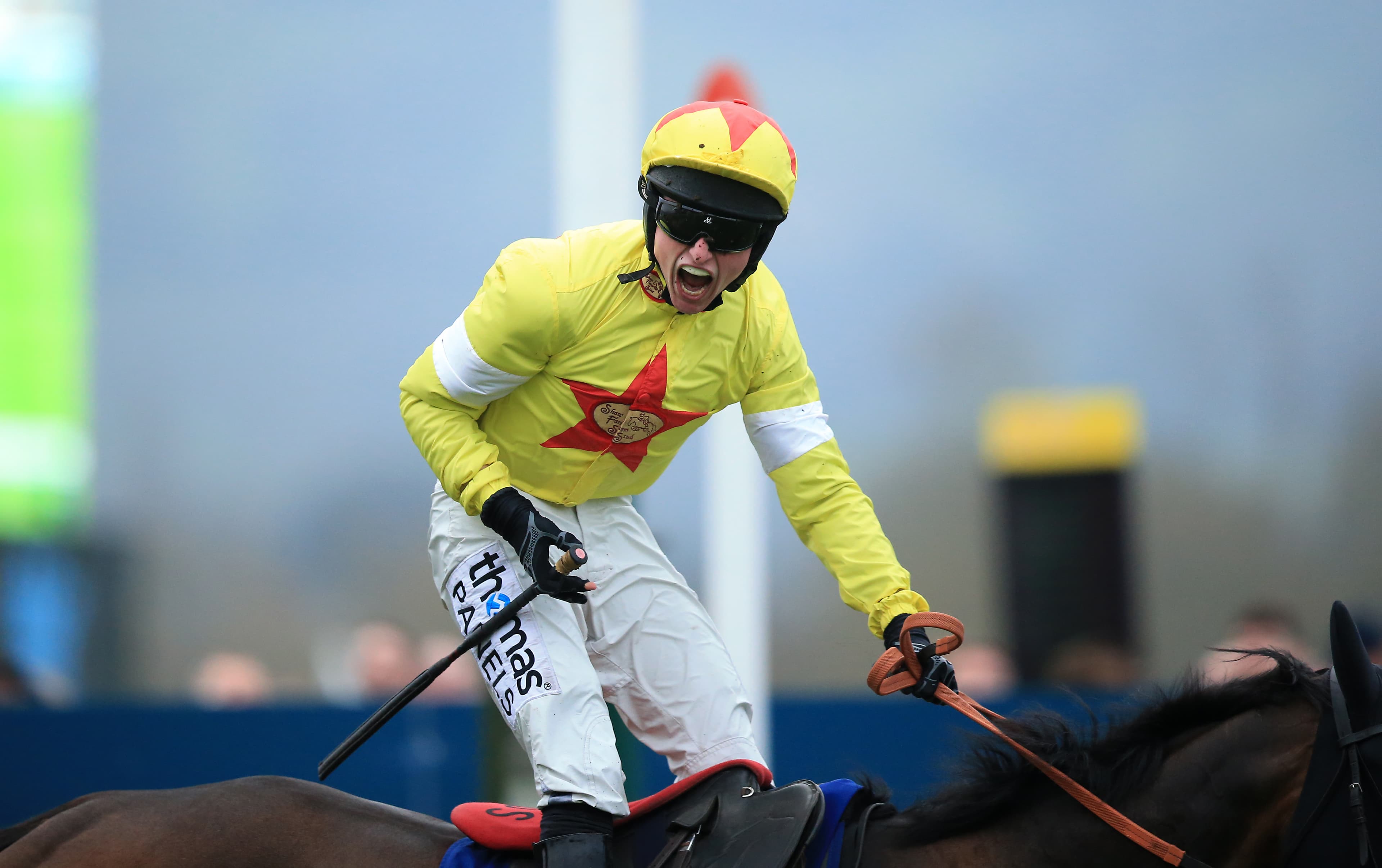 News
NewsITV Racing Tips For Today - Saturday 13th December 2025
- 9
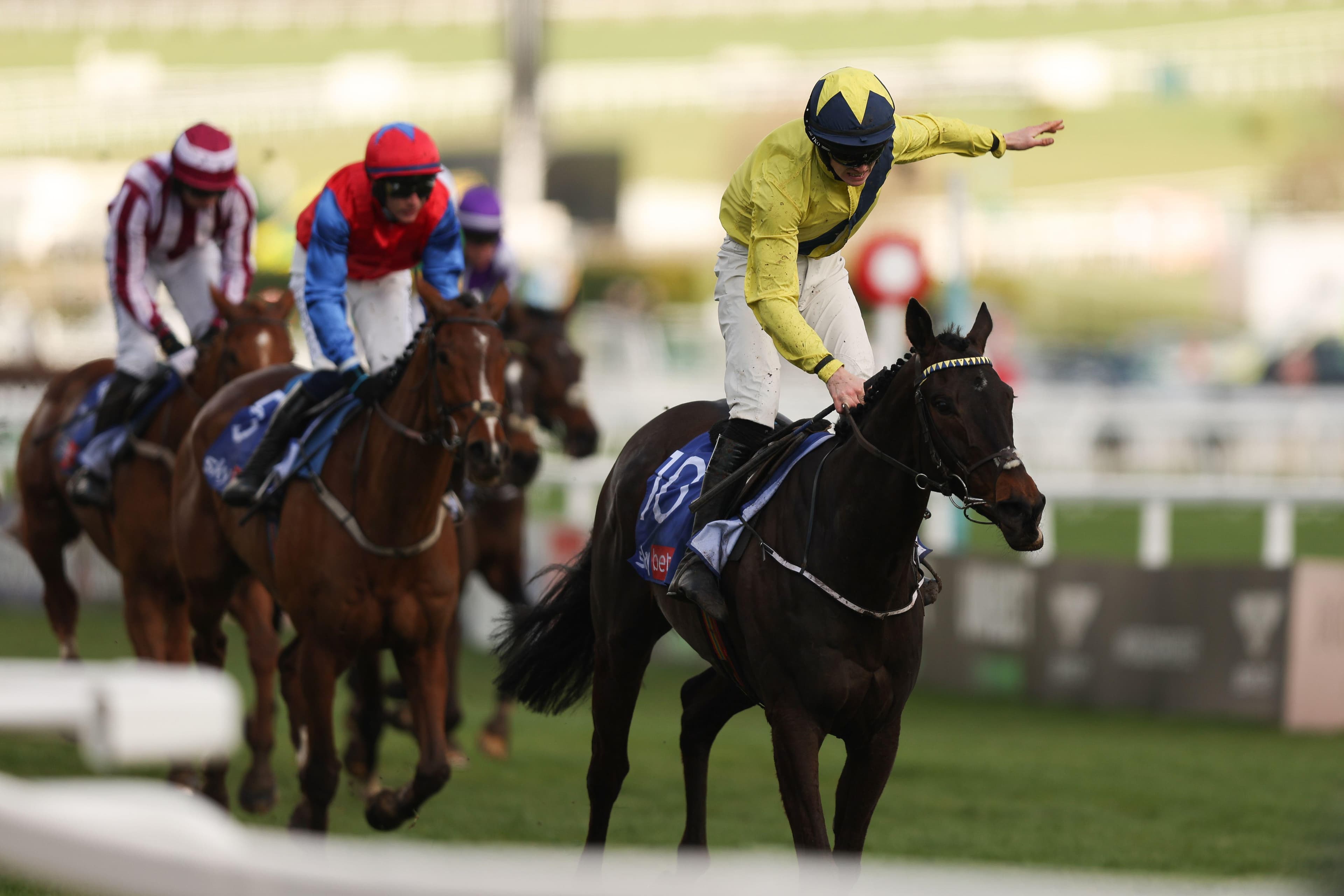 News
NewsITV Racing Tips For Today - Friday 12th December 2025
